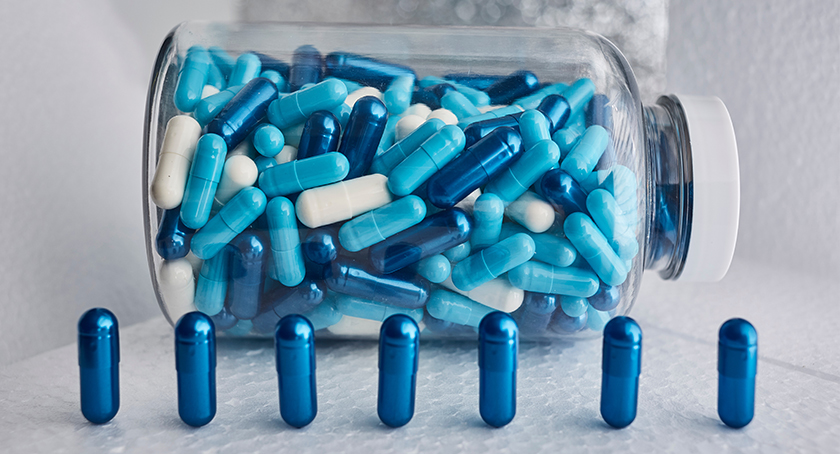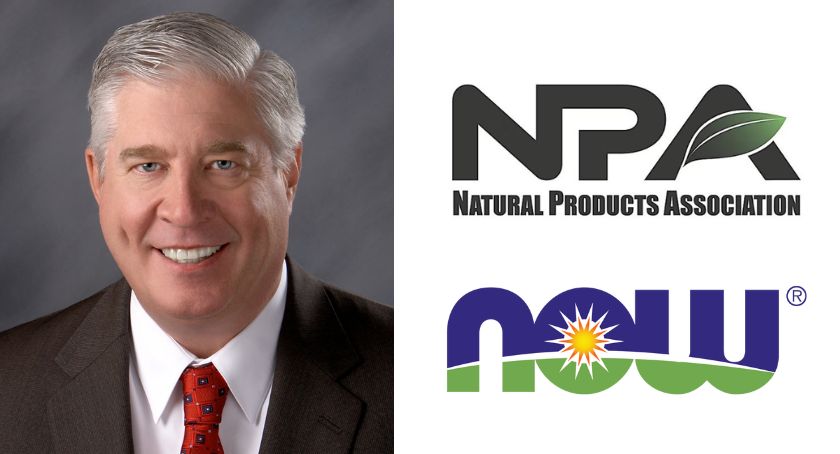Market Updates, Regulations
FDA Releases Guidance on Dietary Fiber and Added Sugars
Definition intended so only fiber with beneficial effect on human health could be declared as dietary fiber on labels.

By: Sean Moloughney

The U.S. Food and Drug Administration released several guidance documents related to the Nutrition Facts label final rule, including a final guidance explaining how the agency evaluates the scientific evidence supporting citizen petitions to add certain isolated or synthetic non-digestible carbohydrates to the regulatory definition of dietary fiber.
The FDA published the Nutrition and Supplement Facts Label Final Rule on May 27, 2016. In the rule, the agency established a definition for the term “dietary fiber” to ensure that only fibers with a beneficial physiological effect on human health could be declared as dietary fiber on the food label. That definition includes naturally occurring fibers like those found in fruits, vegetables, and whole grains, and seven isolated (i.e., extracted from plant sources) or synthetic non-digestible carbohydrates (NDCs), each having a physiological health benefit.
A manufacturer may submit a citizen petition for FDA’s consideration to add a given isolated or synthetic NDC to the FDA’s regulatory definition of “dietary fiber.” The citizen petition should provide scientific evidence that shows the NDC has a beneficial physiological effect on human health.
This final science review guidance will help petitioners understand the level and type of evidence needed to demonstrate whether an NDC has a physiological effect that is beneficial to human health. Such data should be submitted as part of any citizen petition seeking to add a NDC to the definition for dietary fiber.
Reducing the rise in blood sugar or glucose levels after people consume a food or beverage would be an example of a physiological effect that is beneficial to human health. In the final guidance, the FDA clarifies that in order for a study to assess whether an NDC reduces blood glucose and/or insulin levels, the NDC should be added to a food or beverage containing sugar or starch and should not replace any sugars or starches since those refined carbohydrates cause the rise in blood glucose levels. It is also important that the NDC is added to a food or beverage with the same amount of sugar or refined carbohydrate as in the food or beverage that is provided to the study’s control group.
In a change from the draft science review guidance, the FDA intends to consider evidence from studies with subjects who have a disease that is associated with the beneficial physiological effect of interest (e.g., lowering blood sugar and/or insulin) in considering whether the research supports a finding that an NDC may have a beneficial effect in “healthy” individuals who do not have the disease.
The FDA is moving forward now to respond to citizen petitions requesting that the agency include additional NDCs in the regulatory definition of “dietary fiber,” to finalize the rule regarding the compliance dates for the Nutrition Facts label rules, and to issue several additional technical guidance documents related to nutrition labeling.
In addition to the final science review guidance, the FDA issued a draft guidance about the declaration of added sugars on honey, maple syrup, and certain cranberry products; a final guidance about the labeling of honey and honey products; a final guidance about reference amounts customarily consumed (RACCs); and a small entity compliance guide for the Serving Size final rule.
For more information
Industry Resources on the Changes to the Nutrition Facts Label
Questions and Answers for Industry on Dietary Fiber
Guidance for Industry: Scientific Evaluation of the Evidence on the Beneficial Physiological Effects of Isolated or Synthetic Non-digestible Carbohydrates Submitted as a Citizen Petition (21 CFR 10.30)
Draft Guidance for Industry: Declaration of Added Sugars on Honey, Maple Syrup, and Certain Cranberry Products
Guidance for Industry: Proper Labeling of Honey and Honey Products
Guidance for Industry: Reference Amounts Customarily Consumed: List of Products for Each Product Category
Guidance for Industry: Serving Sizes of Foods That Can Reasonably Be Consumed At One Eating Occasion; Dual-Column Labeling; Updating, Modifying, and Establishing Certain Reference Amounts Customarily Consumed; Serving Size for Breath Mints; and Technical Amendments; Small Entity Compliance Guide




















